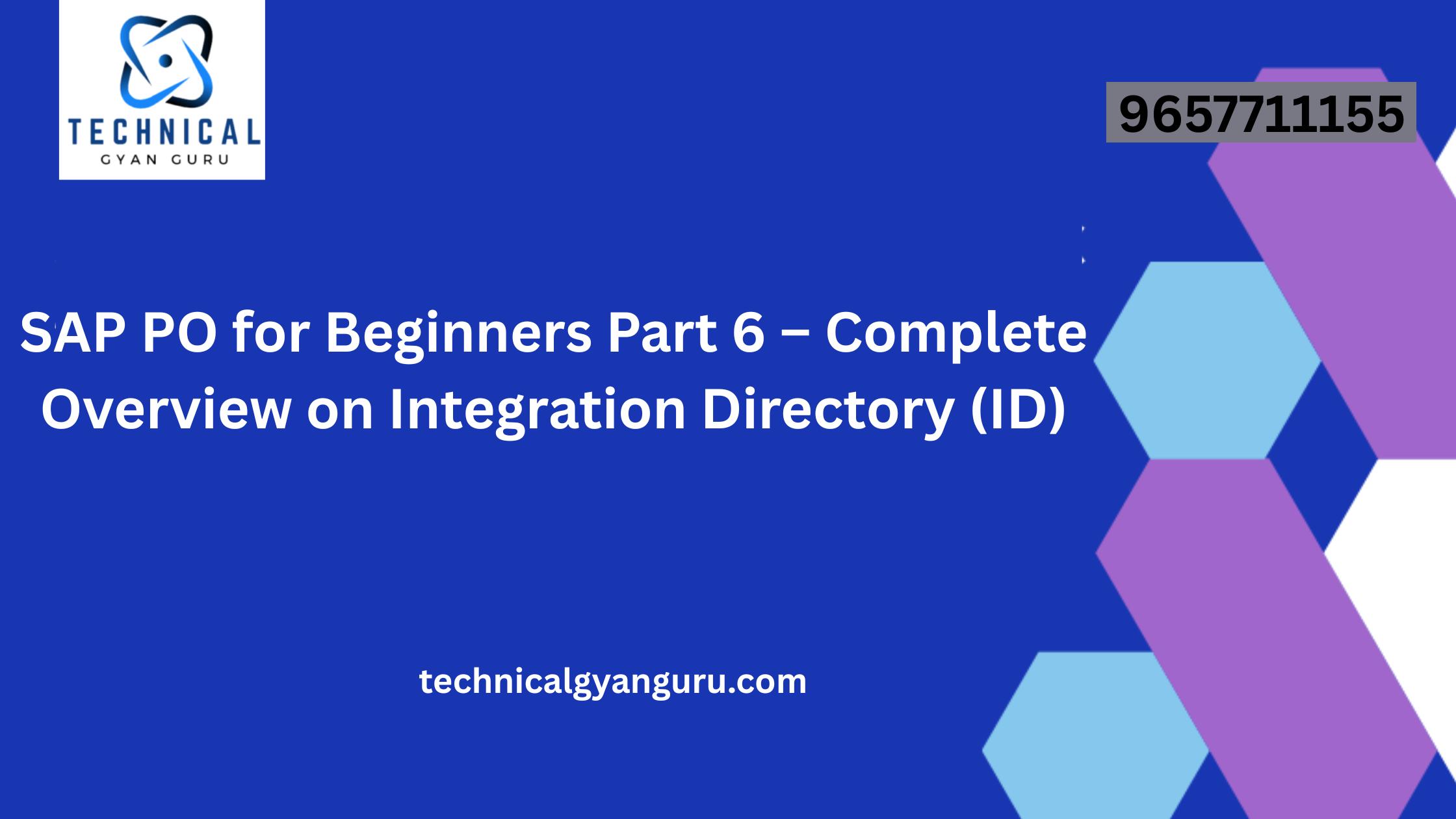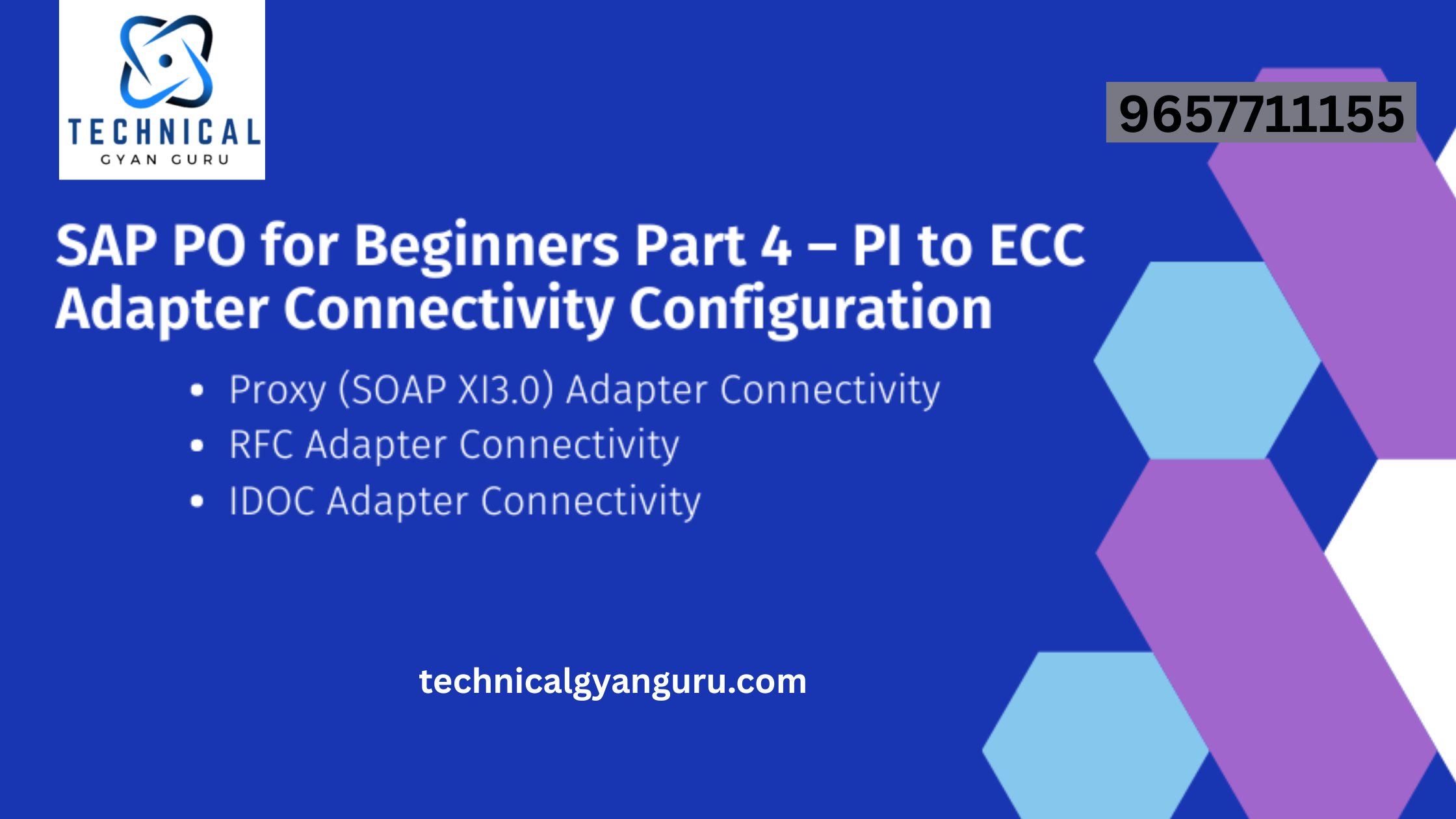
Introduction:
As organizations increasingly embrace cloud technology to streamline their operations, extending and integrating cloud applications has become essential for achieving a seamless and efficient business environment. This article explores strategies and best practices for successfully extending and integrating cloud applications to maximize their value and optimize business processes.
1. Understand Your Business Needs:
- Assess Your Requirements: Start by clearly defining your organization’s specific needs and objectives. What do you aim to achieve by extending or integrating cloud applications?
2. Choose the Right Cloud Applications:
- Select Compatible Solutions: Ensure that the cloud applications you choose are compatible with your existing infrastructure and align with your business goals.
3. API-First Approach:
- Leverage APIs: Most modern cloud applications offer APIs (Application Programming Interfaces) that allow you to connect and integrate them with other systems. Adopt an API-first approach for seamless integration.
4. Data Integration:
- Data Synchronization: Establish a robust data integration strategy to ensure that data flows seamlessly between cloud applications and on-premises systems. Use data connectors or integration platforms for efficient data exchange.
5. Customization and Extension:
- Custom Development: Depending on your needs, consider customizing or extending cloud applications to accommodate unique business processes. Leverage low-code or no-code platforms if available.
6. Identity and Access Management:
- Single Sign-On (SSO): Implement SSO solutions to streamline user access across multiple cloud applications. Ensure strong security measures to protect sensitive data.
7. Workflow Automation:
- Automate Processes: Use workflow automation tools to create efficient, end-to-end processes that span multiple cloud applications. This reduces manual tasks and errors.
8. Monitoring and Analytics:
- Performance Monitoring: Implement monitoring and analytics tools to track the performance and usage of your integrated cloud applications. Use insights to optimize processes continually.
9. Compliance and Data Governance:
- Compliance Framework: Ensure that your integration and extension efforts adhere to relevant data privacy and compliance regulations. Implement robust data governance practices.
10. Testing and Quality Assurance:
markdown
Copy code
– **Thorough Testing:** Rigorously test your integrated cloud applications to identify and address any issues or bottlenecks. Include load testing to assess performance under heavy loads.
11. User Training and Support:
markdown
Copy code
– **User Education:** Provide training and support to users to ensure they can effectively navigate and utilize the extended or integrated cloud applications.
12. Scalability and Future-Proofing:
markdown
Copy code
– **Scalability:** Consider future scalability requirements. Ensure that your integration and extension solutions can accommodate the growth of your organization.
13. Collaboration with Cloud Providers:
csharp
Copy code
– **Vendor Collaboration:** Engage with your cloud providers and seek their guidance on best practices for extending and integrating their applications.
Conclusion:
Extending and integrating cloud applications is a strategic imperative for organizations aiming to enhance operational efficiency and stay competitive. By following these strategies and best practices, you can create a robust and flexible ecosystem of cloud applications that work seamlessly together, ultimately driving better business outcomes. Stay agile and adapt your integration and extension strategies as your business evolves to maximize the value of your cloud investments.







